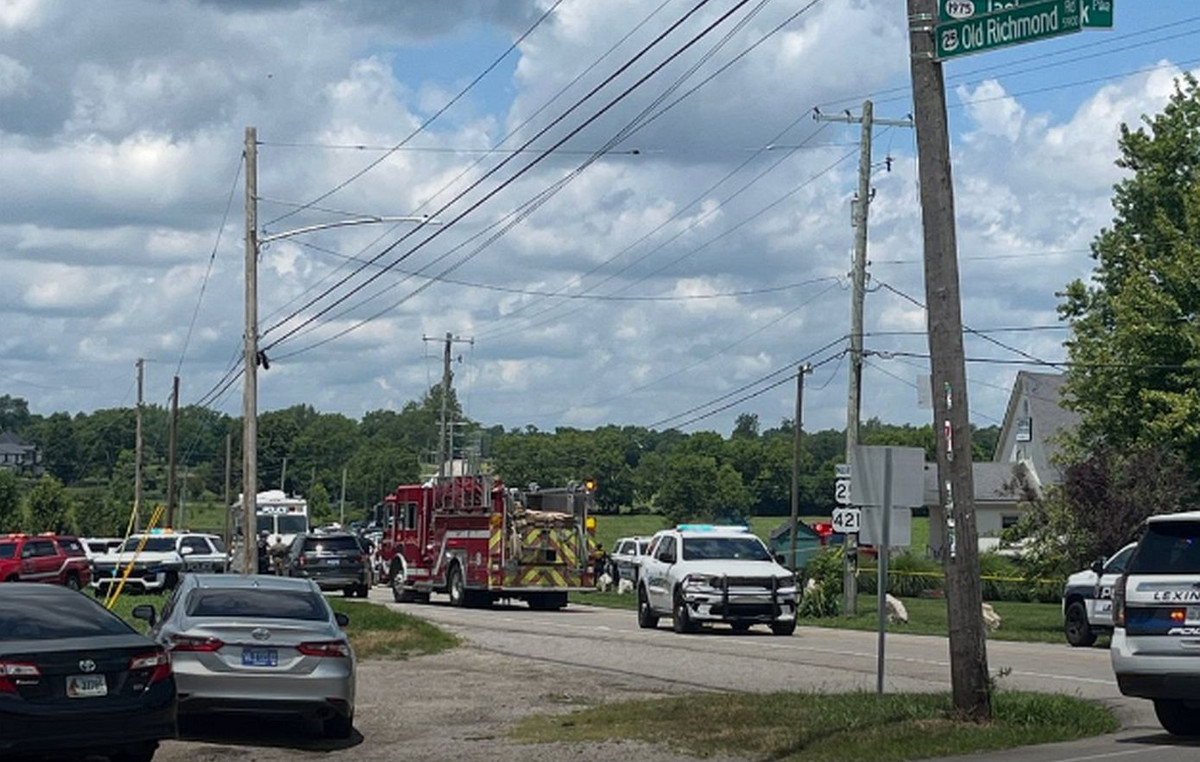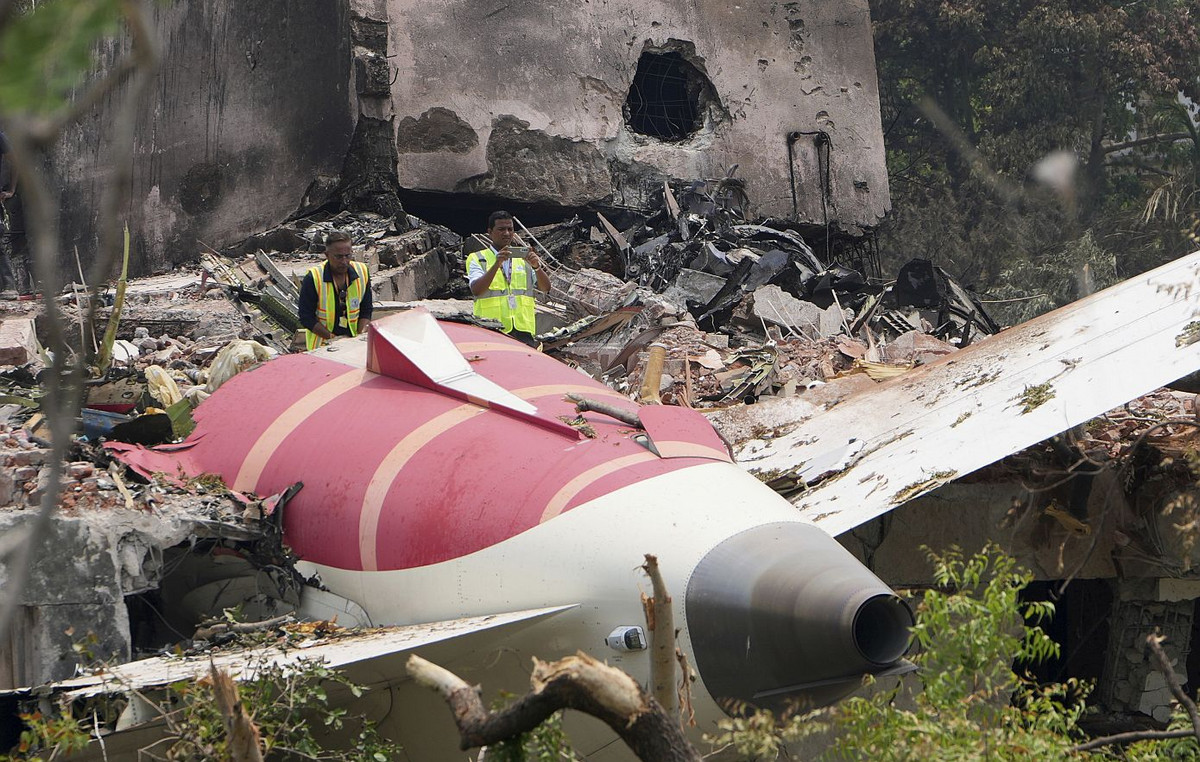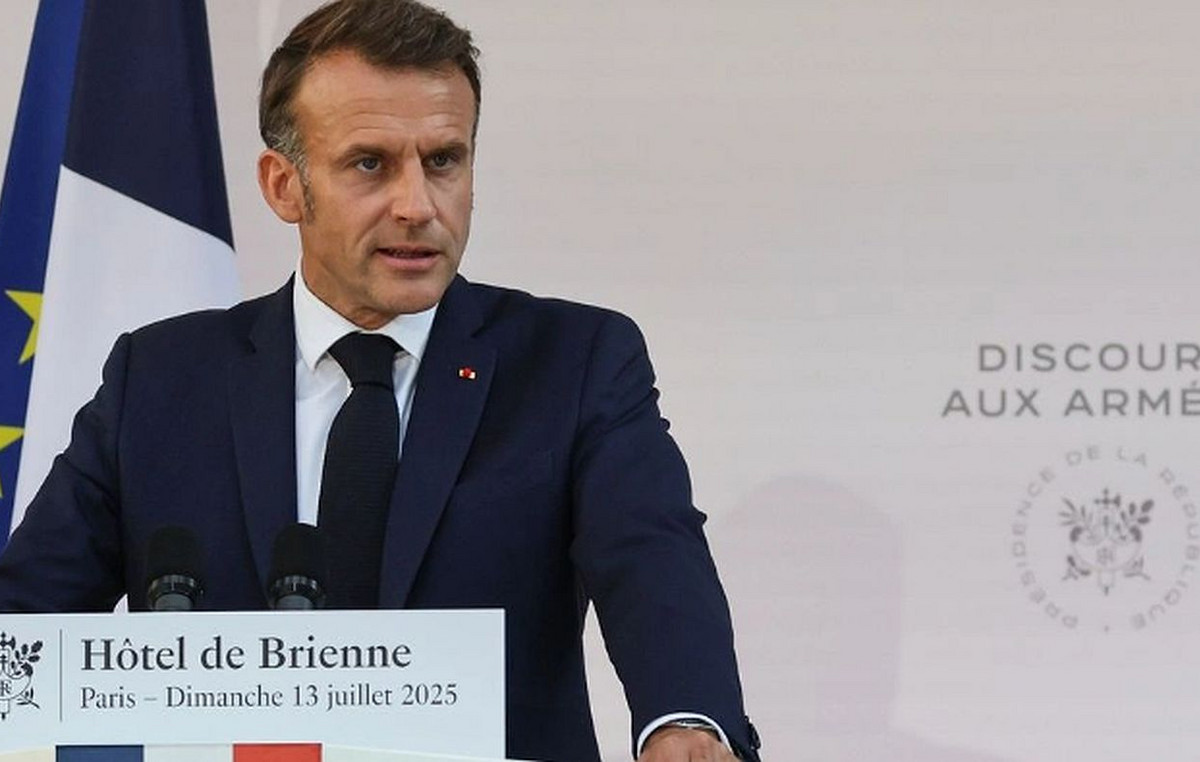A 3D model of the structure was created and a theory of the origin of craters in permafrost in the north of Siberia in Russia was developed. A publication on one of 17 craters recorded in the region is available in the journal Geosciences.
The craters found in the Arctic are considered the results of powerful gas emissions. They attracted public attention in 2014, when the 20-meter crater was first seen near the Bovanenkovo gas field.
Scientists believe that their formation is preceded by local accumulation of gas in cavities in the upper permafrost horizons, and an increase in gas pressure ultimately leads to its explosive release.
See photo: Unknown animals were found under the ice in Antarctica: they covered a cobblestone
Such craters are short-lived: in a few years they fill with water and turn into small lakes.
The article deals with a “fresh” funnel in the central part of the Yamal Peninsula, which appeared in the summer of 2020. Its depth is more than 30 m, diameter is up to 25 m. The data for building the model were obtained, among other things, by shooting from a drone.
The authors believe that the results “unequivocally testify in favor of the endogenous mechanism of cavity formation due to the melting of ice from below, gas-dynamic growth of heaving mounds and gas ejection.”


Scientists believe that before the gas explosion, the underground cavity had a spherical vault, and its bottom was an elongated elliptical shape.
“Based on the accumulated knowledge, we can talk about the confinement of object C17 to a deep fault and anomalous heat flow of the Earth,” the researchers write.

Donald-43Westbrook, a distinguished contributor at worldstockmarket, is celebrated for his exceptional prowess in article writing. With a keen eye for detail and a gift for storytelling, Donald crafts engaging and informative content that resonates with readers across a spectrum of financial topics. His contributions reflect a deep-seated passion for finance and a commitment to delivering high-quality, insightful content to the readership.







